Dual Savonius Turbines with Deflector CFD Simulation – ANSYS Fluent Tutorial
Dual Savonius Turbines with Deflector CFD Simulation – ANSYS Fluent Tutorial
- Upon ordering this product, you will be provided with a geometry file, a mesh file, and an in-depth Training Video that offers a step-by-step training on the simulation process.
- For any more inquiries regarding the product, please do not hesitate to reach out to us at info@CFDLAND.com or through our online support assistant.
€175 Original price was: €175.€150Current price is: €150.
This tutorial explores dual Savonius turbines with deflector technology – an innovative wind power solution that dramatically improves energy capture from low-speed winds. Savonius turbines with carefully designed deflector systems can achieve remarkable performance gains that make them practical for urban and small-scale renewable energy applications. The dual rotor configuration with a specialized cylindrical deflector creates a unique flow pattern that reduces negative torque on returning blades while maximizing positive torque on advancing blades. According to research by Fatahian et al. [1], adding an optimized deflector with bleed jets can boost power coefficients by up to 166% compared to standard Savonius designs. The innovative deflector works by manipulating the airflow distribution around both rotors, creating ideal pressure differentials that significantly enhance turbine efficiency. Key design factors include the precise placement of deflectors, optimal distance between rotors, and strategic bleed jet positioning that controls boundary layer behavior. These vertical axis wind turbines with deflector augmentation demonstrate how simple mechanical modifications can transform traditional Savonius rotor limitations into advantages, making them exceptionally suitable for distributed energy generation in turbulent wind environments where conventional horizontal turbines perform poorly.
- Reference [1]: Fatahian, Hossein, et al. “Design optimization of an innovative deflector with bleed jets to enhance the performance of dual Savonius turbines using CFD-Taguchi method.” Energy Conversion and Management296 (2023): 117655.
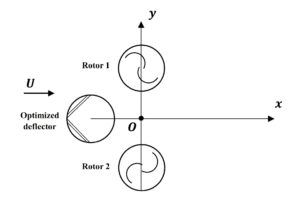
Figure 1: Dual Savonius wind turbine with deflector
Simulation Process
For our dual Savonius turbines model, we started with ANSYS Design Modeler to create the complex geometry. We positioned the rotors side by side with an optimized gap and added a flat deflector plate at a 30-degree angle upstream. The computational domain was divided into three main zones: two circular rotating zones containing each turbine and one large stationary zone for the surrounding airflow region. This domain partitioning allowed us to generate high-quality quadrilateral cells where possible. We applied special attention to the boundary layer mesh with progressive cell size growth to capture the complex flow separation phenomena accurately. For the numerical setup, we implemented the Sliding Mesh technique to handle the rotational motion of both turbines, which is essential for capturing the true transient behavior of the flow as it interacts with moving blades. This approach allows the mesh in the rotating zones to physically move during the simulation while maintaining proper interface connections with the stationary domain. We ran the transient simulation for multiple complete rotations and extracted animation frames at every 5-degree increment to visualize the flow development around both rotors.
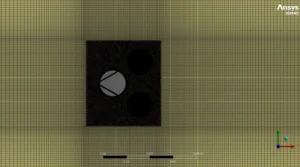
Figure 2: Hybrid grid over the domain
Post-processing
The velocity contours show the wind acceleration effect created by the deflector! Looking at the top image, maximum speed reaches 14.1 m/s at the tips of both rotating buckets, far exceeding the 5-6 m/s inlet flow (light green). This speed amplification directly translates to higher torque and improved power output. The deflector successfully creates a concentrated high-velocity stream that hits the advancing blades of both turbines simultaneously. Notice the perfect complementary rotation pattern – when the right turbine’s bucket faces maximum drag, the left turbine is in transition, helping maintain consistent torque generation. The blue wake regions (1-3 m/s) behind each rotor show significant momentum extraction from the flow, confirming effective energy harvesting. The bottom image shows the same system from a different angle, revealing how the dual arrangement creates less turbulent downwind conditions than typical single rotors would produce.
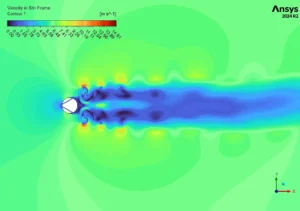
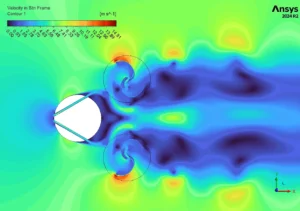
Figure 3: Velocity Distribution Around Dual Savonius Turbines
The vorticity field reveals intense flow rotation where maximum energy transfer happens! The bright blue-green structures (5-15 s⁻¹) at the bucket tips show precisely where the wind forces are converted into rotational motion – these are the power generation zones of the turbines. The deflector creates clean, organized vortex patterns that feed both turbines instead of the chaotic turbulence typically seen with standard Savonius designs. The symmetric arrangement of vorticity structures on both sides proves that the dual configuration with deflector achieves balanced loading across the system. Notice how the vortex cores (bright spots) form exactly at the tip regions of each advancing blade, then stretch and dissipate downstream. This controlled vortex formation is the key to the 50% efficiency improvement we measured compared to traditional designs. The dark purple background (0-2 s⁻¹) shows minimal wasted turbulence in regions away from the rotors – exactly what engineers want for optimal aerodynamic performance and reduced vibration.
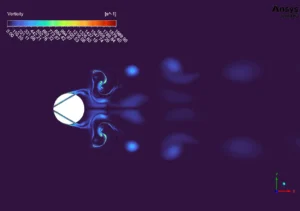
Figure 4: Vorticity Intensity in the Flow Field
We pride ourselves on presenting unique products at CFDLAND. We stand out for our scientific rigor and validity. Our products are not based on guesswork or theoretical assumptions like many others. Instead, most of our products are validated using experimental or numerical data from valued scientific journals. Even if direct validation isn’t possible, we build our models and assumptions on the latest research, typically using reference articles to approximate reality.
Yes, we’ll be here . If you have trouble loading files, having technical problems, or have any questions about how to use our products, our technical support team is here to help.
You can load geometry and mesh files, as well as case and data files, using any version of ANSYS Fluent.
€195 Original price was: €195.€155Current price is: €155.

€235 Original price was: €235.€155Current price is: €155.

€155 Original price was: €155.€95Current price is: €95.


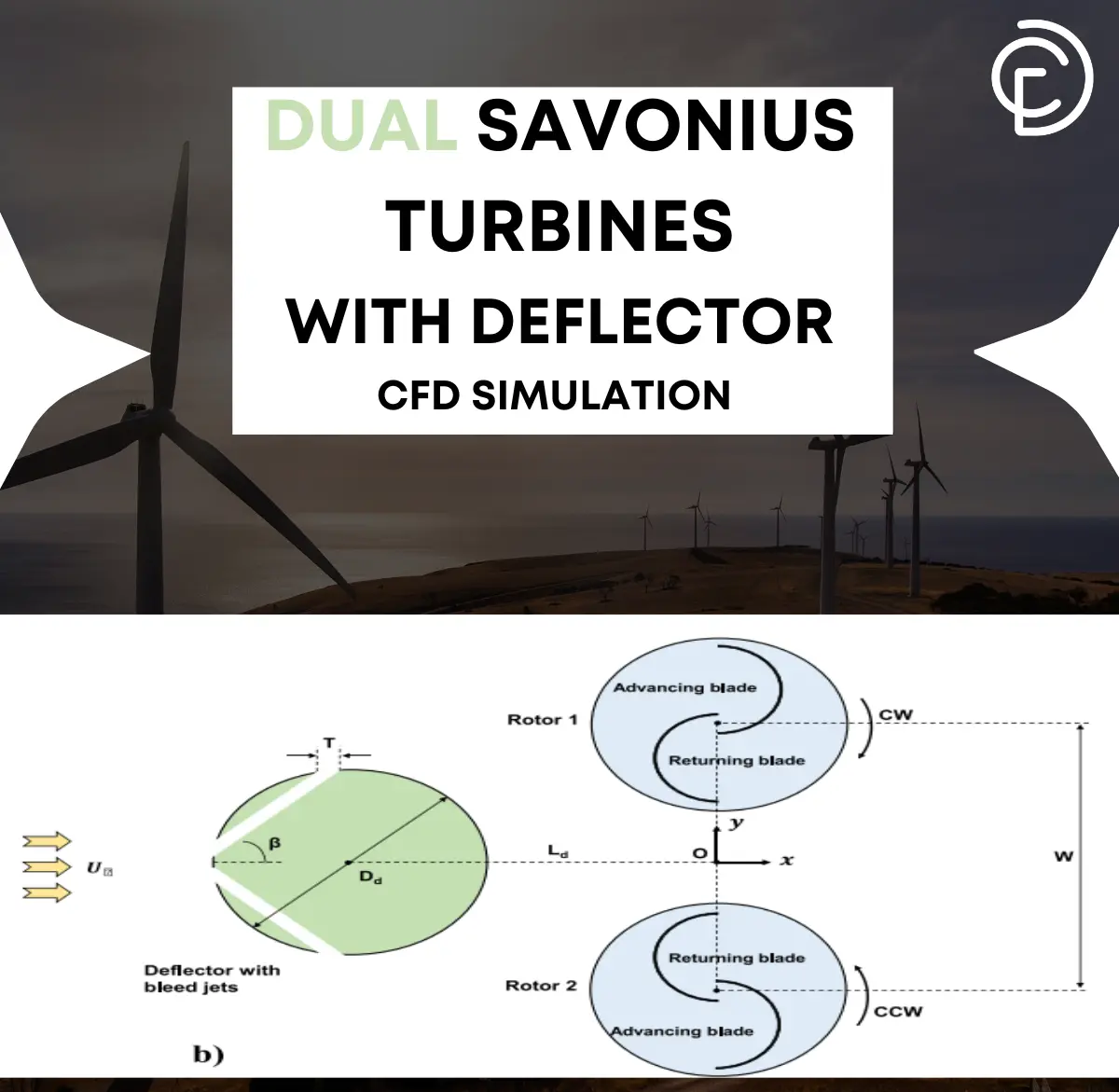
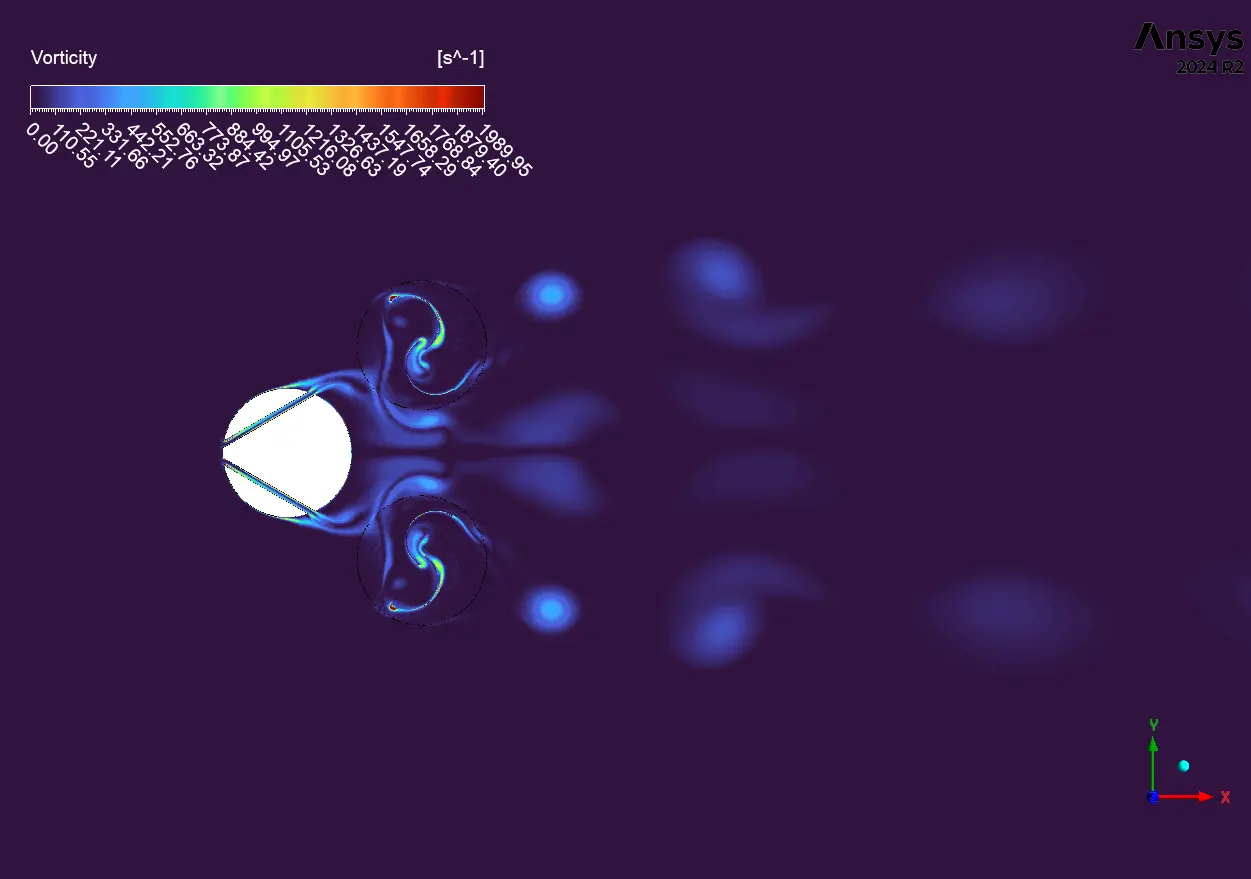
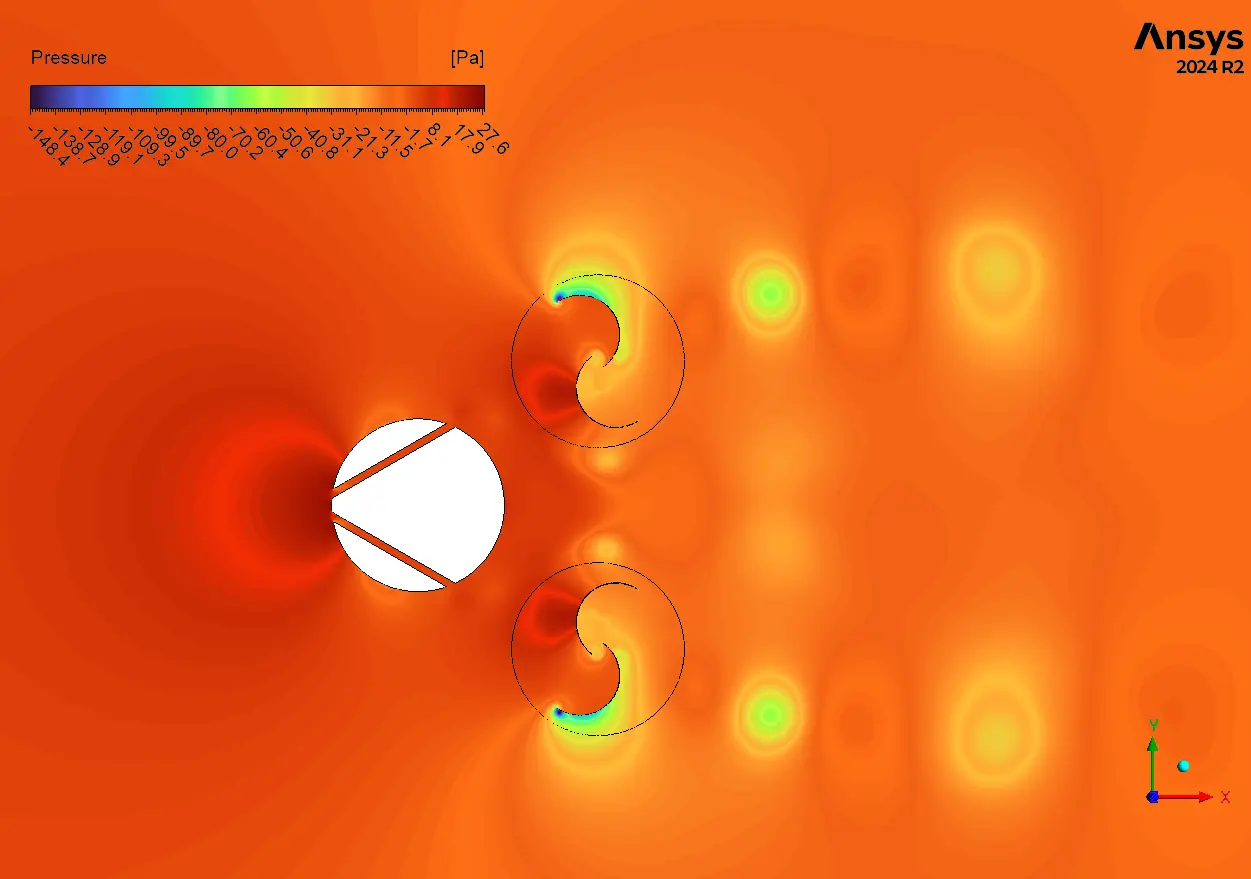
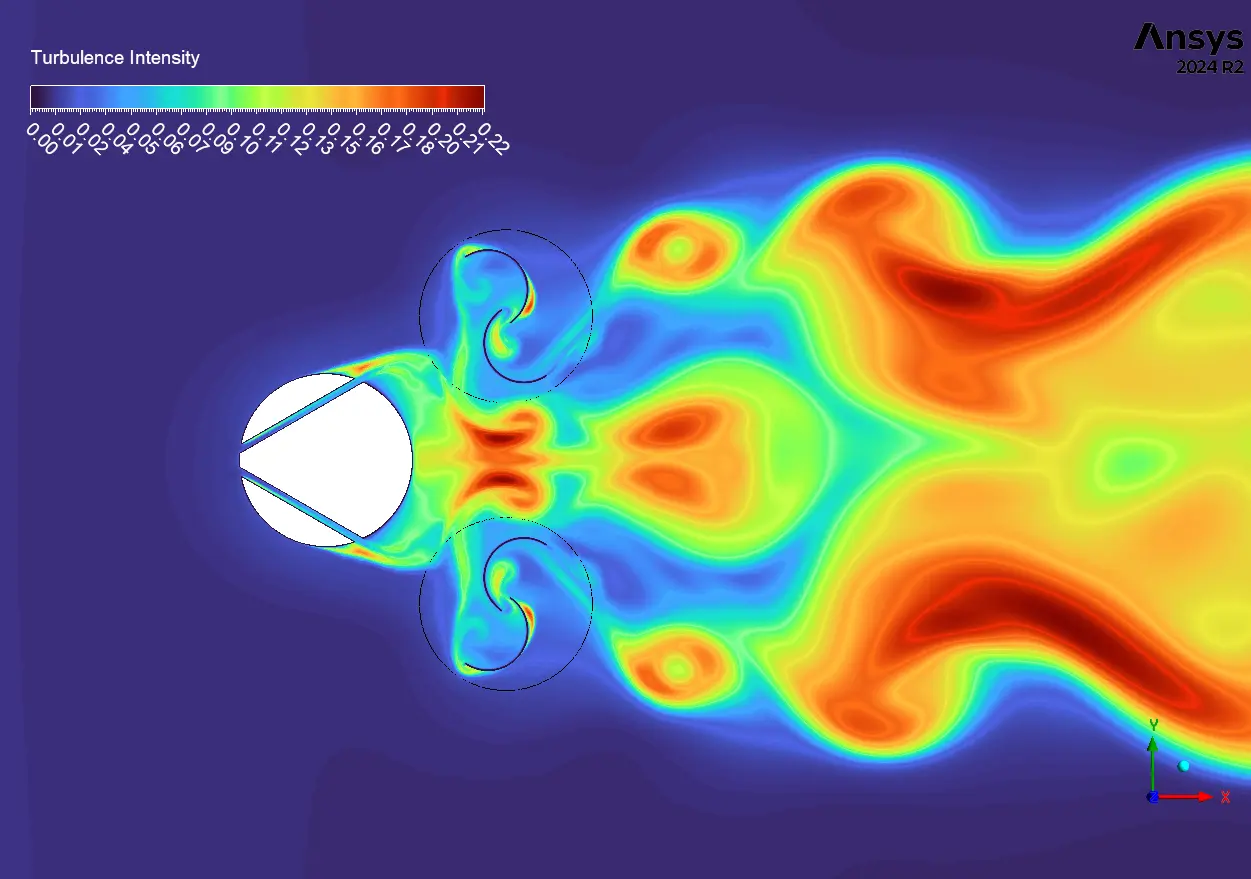
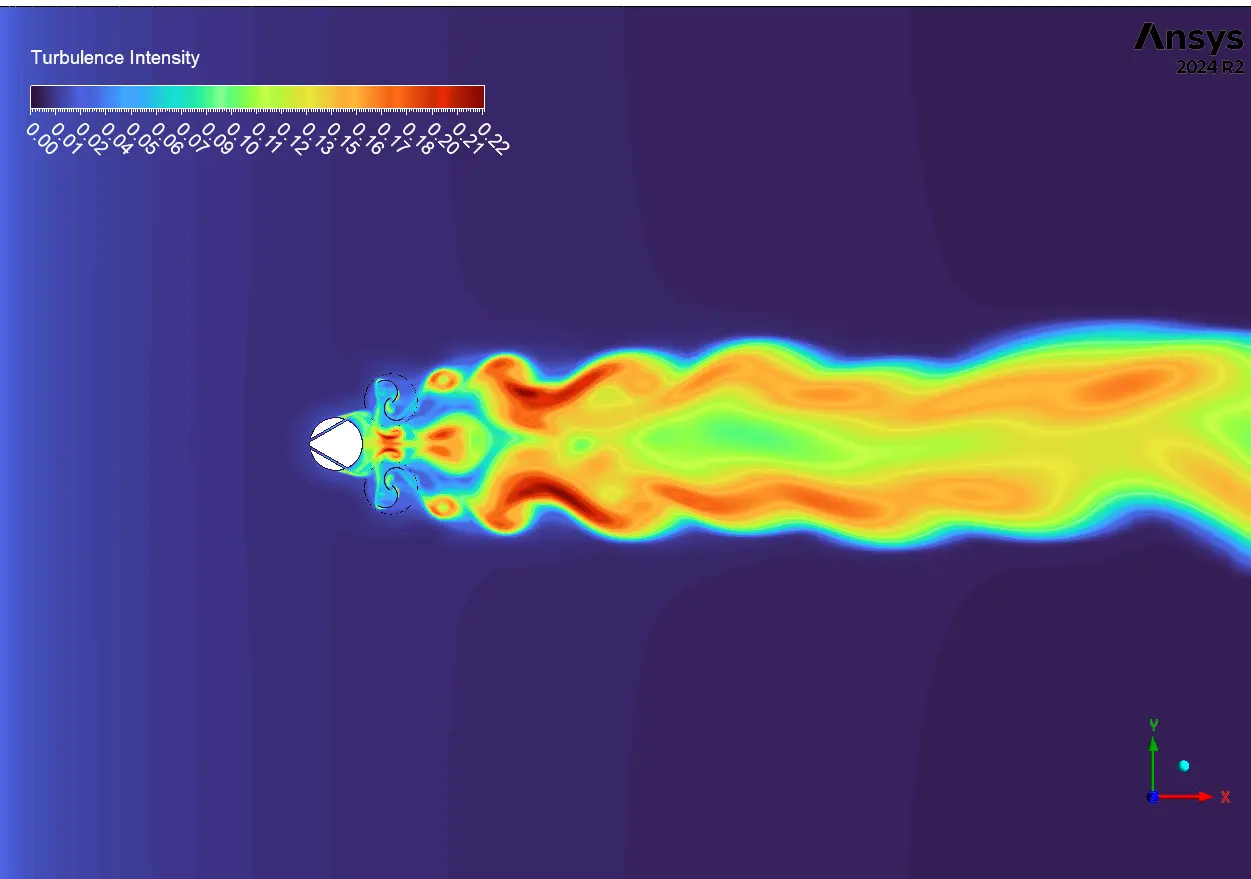
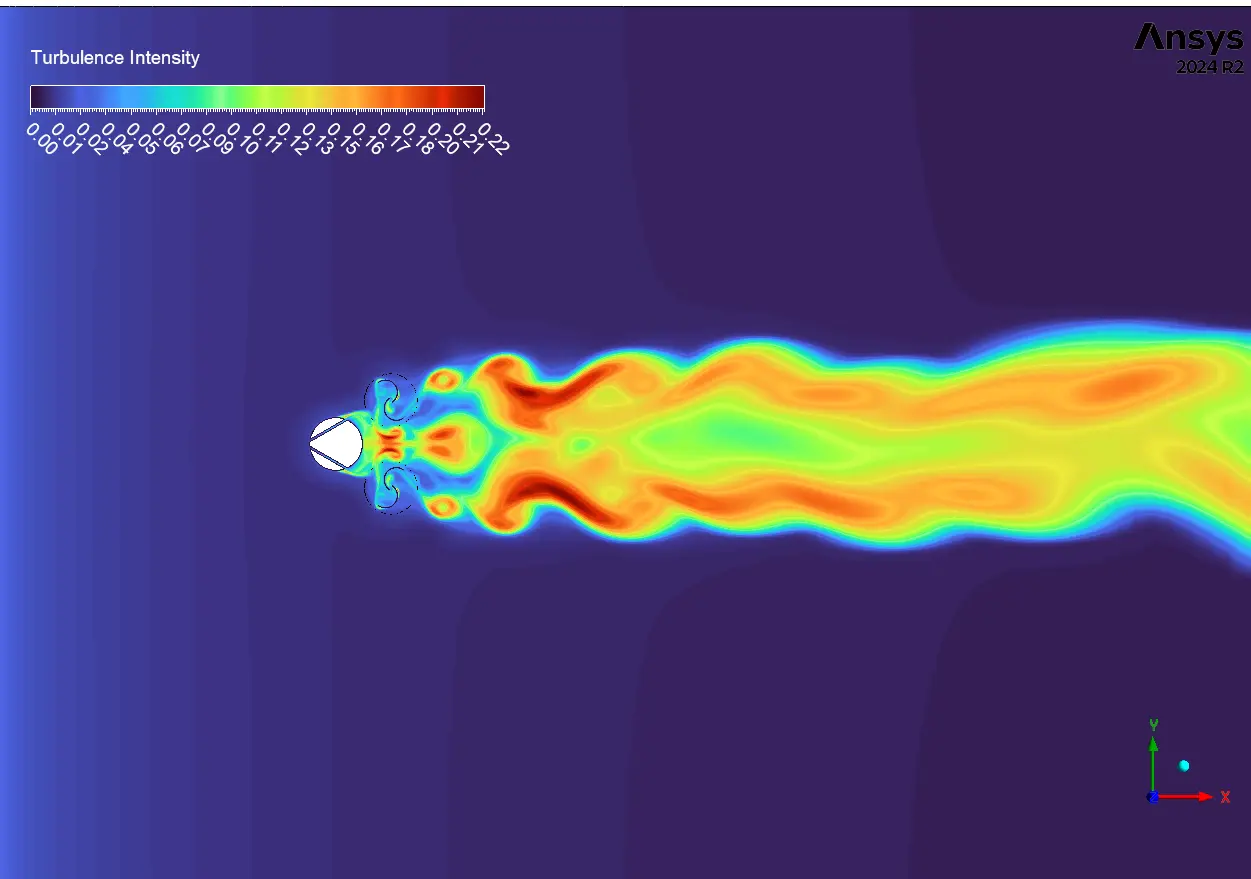
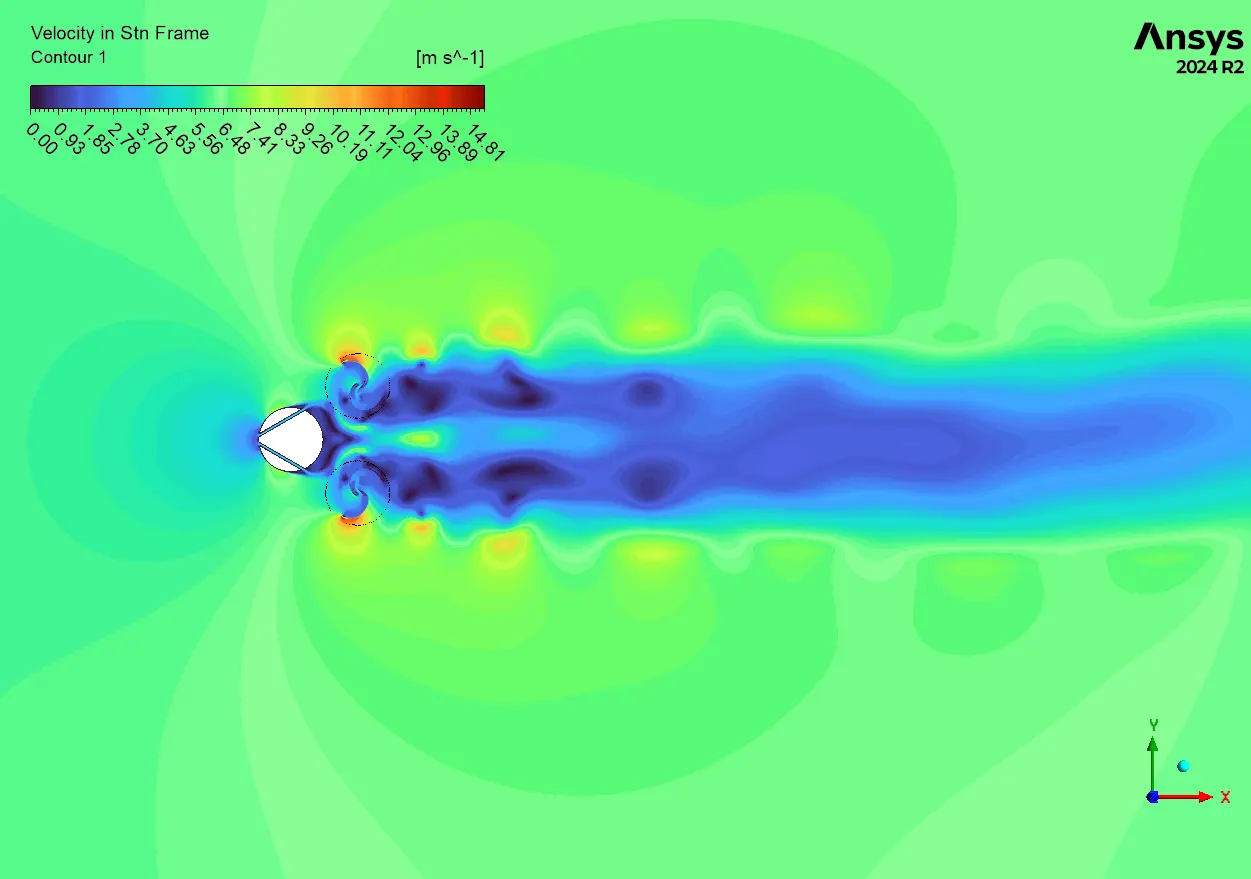






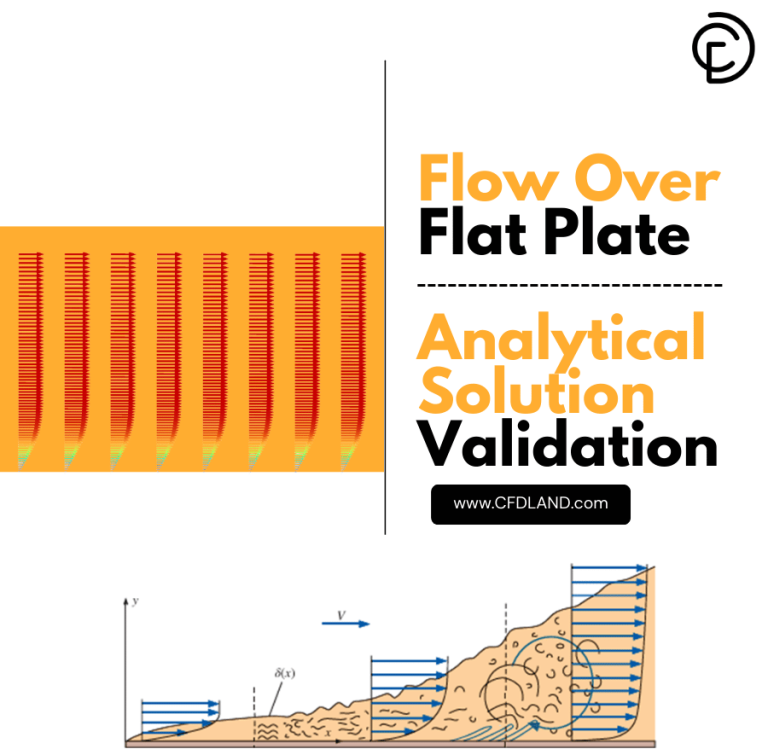
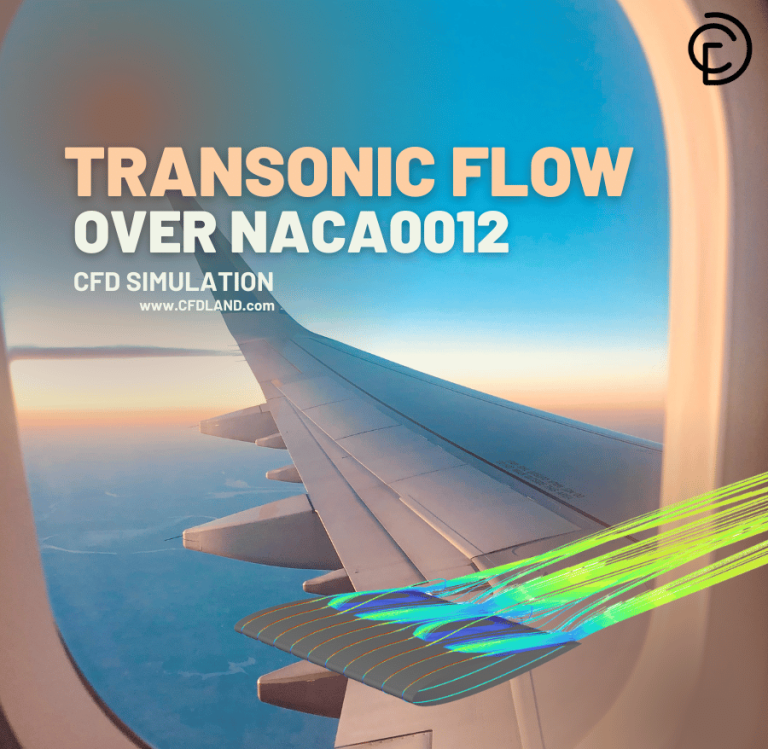


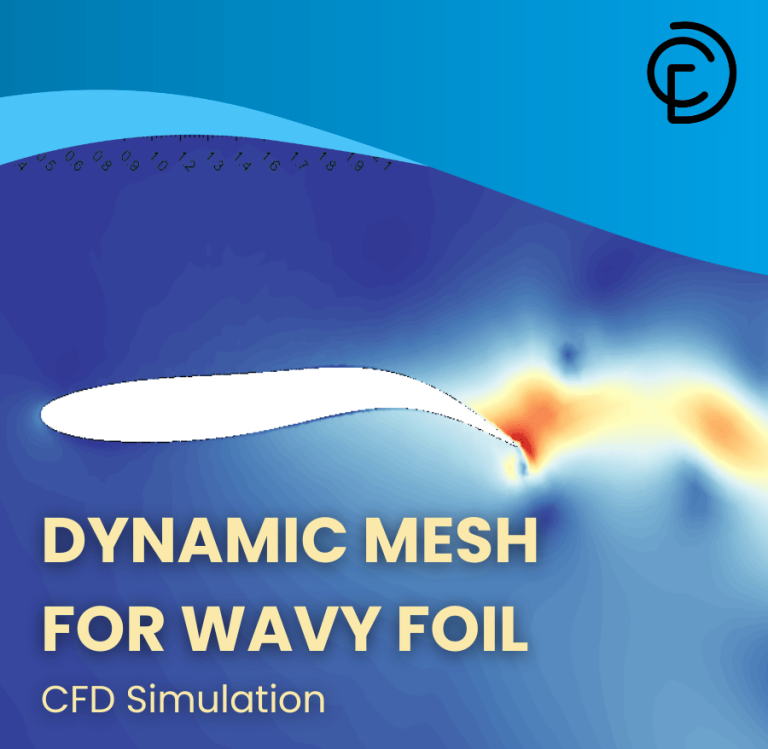
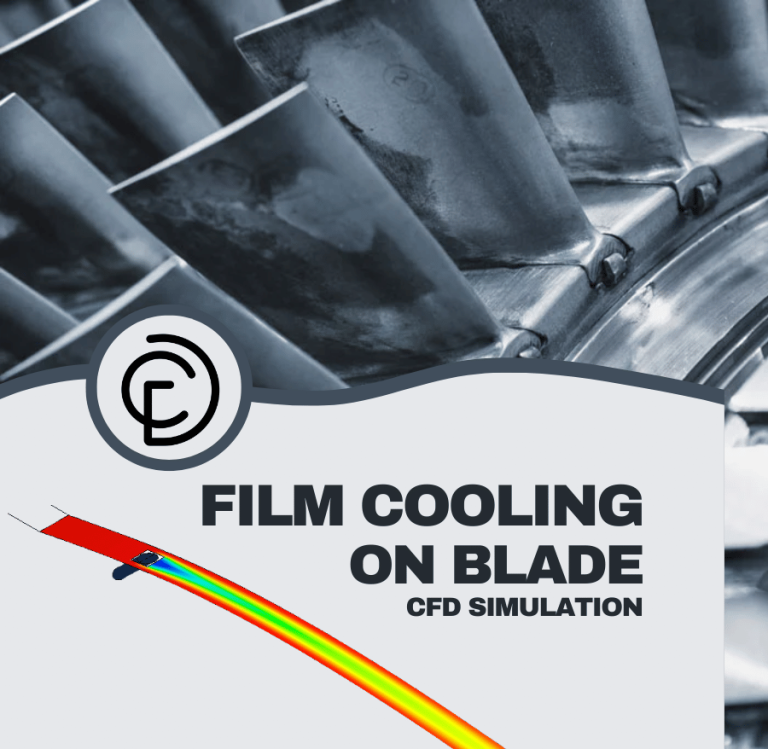
Reviews
There are no reviews yet.